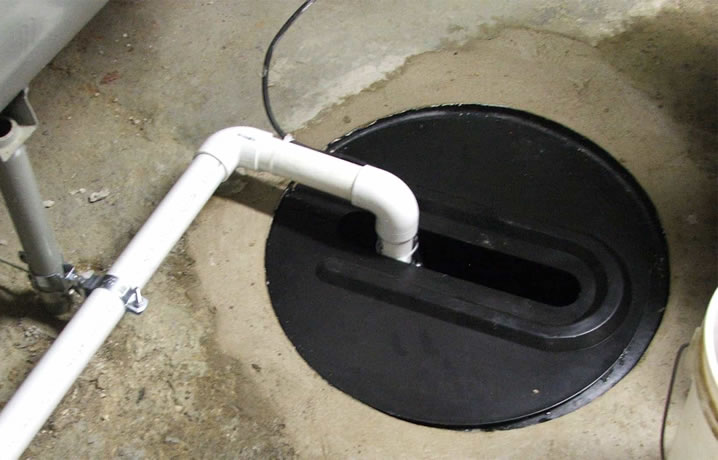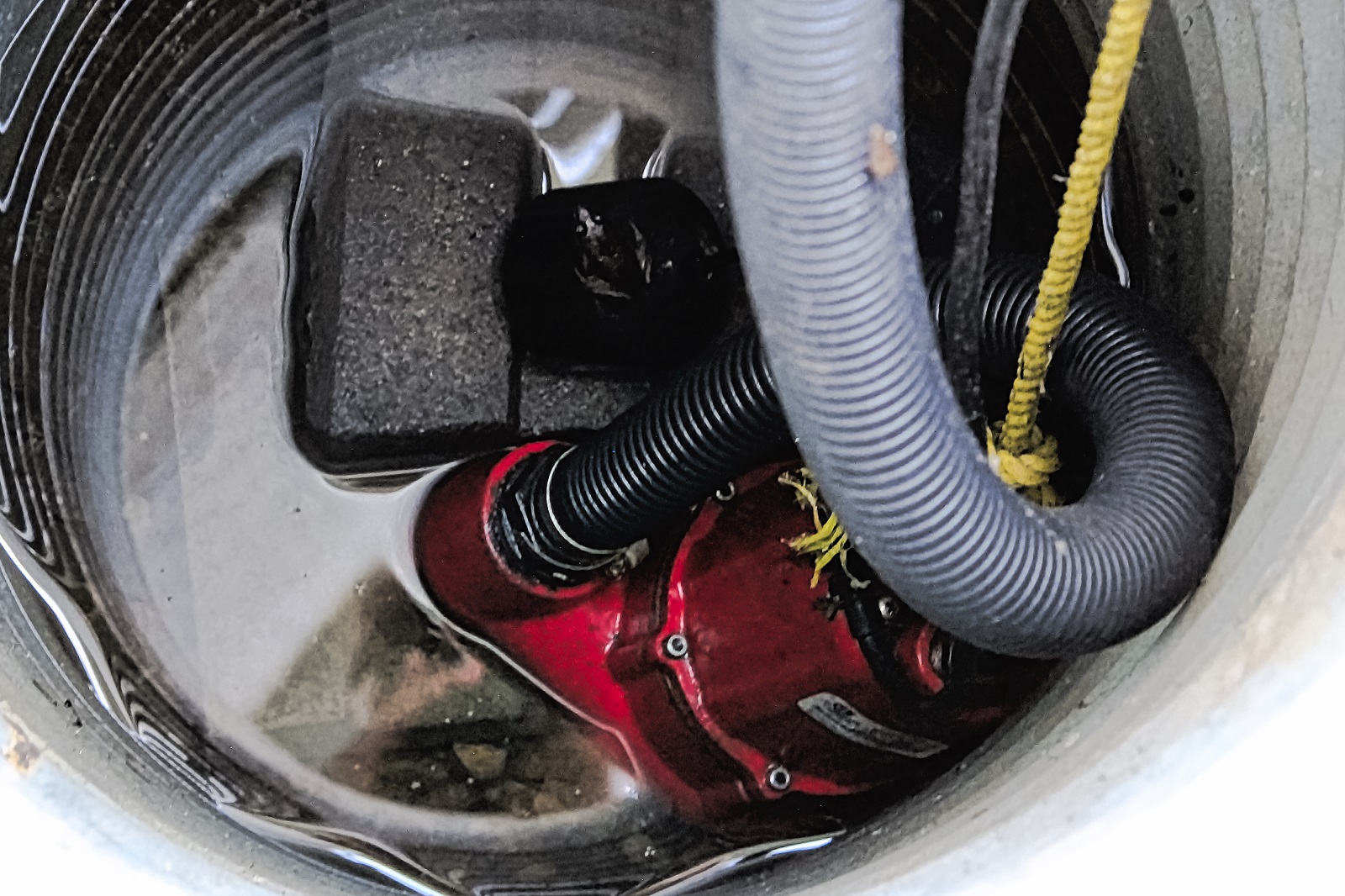We've unearthed this post pertaining to Cleaning & Maintenance Tips for Your Home's Sump Pump below on the web and reckoned it made perfect sense to talk about it with you here.

Sump pumps are essential components in numerous homes, specifically in locations vulnerable to flooding or extreme wetness. They assist avoid water damage by successfully getting rid of excess water from basements or crawl spaces. However, like any other appliance, sump pumps need routine maintenance to guarantee they function effectively when required the most. Cleaning your sump pump is a crucial part of its maintenance, and recognizing just how to do it properly can save you from expensive repairs and potential disasters.
Intro
Keeping a clean sump pump is vital for its appropriate functioning and durability. Neglecting this essential job can result in clogs, breakdowns, and eventually, water damage to your residential or commercial property. Consequently, discovering just how to clean a sump pump is vital for property owners that rely on these gadgets to keep their cellars completely dry and protected.
Indications of a Dirty Sump Pump
Recognizing when your sump pump requires cleaning is vital for protecting against potential malfunctions. Some typical indications that show a dirty sump pump include unusual sounds during operation, minimized water flow, and noticeable particles in the pit. If you discover any of these signs, it's vital to cleanse your sump pump without delay to stay clear of any further issues.
Getting ready for Cleansing
Before you begin cleansing your sump pump, it's necessary to take some safety and security precautions. Begin by turning off the power to the pump to avoid any kind of electric crashes. Furthermore, wear proper safety gear, such as gloves and goggles, to protect yourself from dust, particles, and potential virus.
Recognizing the Sump Pump
Prior to diving into the cleaning procedure, it's important to have a fundamental understanding of how a sump pump functions. Typically mounted in a pit or container below the basement flooring, a sump pump consists of numerous crucial components, consisting of a pump, a float switch, and a discharge pipe. When water gathers in the pit, the float button activates the pump, which then pumps the water out through the discharge pipe, far from the building's structure.
Detailed Overview to Cleansing a Sump Pump
Shutting Off the Power
Begin by detaching the power supply to the sump pump to stop any type of mishaps while cleaning.
Checking for Appropriate Functioning
Before re-installing the pump, carry out a fast test to guarantee that the float switch turns on the pump appropriately. Put some water right into the sump pit and observe the pump's operation. If every little thing is working appropriately, you can rebuild the pump and reconnect the power supply.
Getting Rid Of Particles and Dust
Use a pail or an inside story to get rid of any noticeable particles, dirt, or debris from the sump pit. Dispose of the debris correctly to avoid it from blocking the pump or the discharge pipeline.
Cleaning up the Pump and Drift Switch
Once the pit is free from debris, very carefully get rid of the pump from the pit. Inspect the pump and the float button for any type of indicators of damages or wear. Utilize a soft brush or fabric to clean up the surfaces and remove any kind of gathered crud.
Flushing the System
After cleaning the pump and float switch, purge the sump pit with clean water to eliminate any kind of continuing to be dirt or sediment. This will aid ensure that the pump operates smoothly and effectively.
Maintenance Tips to Maintain Your Sump Pump Clean
Along with routine cleansing, there are several upkeep suggestions you can follow to keep your sump pump in optimum condition:
- Normal Inspection: Check your sump pump consistently for any type of indications of wear, damages, or blockages.
- Keeping the Surrounding Area Clean: Guarantee that the area around the sump pit is free of debris, dust, and blockages.
- Checking the Pump Occasionally: Examine your sump pump occasionally by pouring water into the pit and observing its operation. This will aid you determine any type of potential problems before they escalate.
Final thought
Cleaning your sump pump is a crucial aspect of its upkeep and guarantees that it runs successfully when you require it the most. By complying with the steps described in this overview and integrating routine maintenance into your routine, you can extend the life-span of your sump pump and secure your home from water damages.
How To Clean A Sump Pump Properly
Electricity
The first step will be to ensure that you stay safe or that the professional is safe. You will need to unplug the power cord to the sump pump. Or, if it happens to be hard wired into place, you will need to turn the breaker off that is going to the pump. You don’t ever want to try to maintain, clean, or repair a piece of electrical machinery with the electricity still feeding it.
Turn the water off
You will be working on your sump pump cleaning, so you will want to make sure that if any drains are feeding into the pump pit, they have the water shut off to them, or it is known that no one should use them. You do not want to be halfway through the process of cleaning sump pump pit units out when a washing machine worth of water dumps on you.
Disconnect your pump
Your pump will be connected to a discharge pipe that will presumably go outside your home. You will need to disconnect this line to be able to remove the pump from the sump pump pit.
Wrap the pump
You will likely want to take your pump outside for a good sump pump cleaning. You will probably have to haul the pump through your house. So now is the time to wrap it in plastic, a trash bag, or even towels to keep it from dripping as you haul it outside.
Clean the pump
Now it is time to clean the pump. Take a garden hose and spray it down well. Make sure to get all sides of it and all the openings. You will want to wash all of the debris off that you can, but some of it may not come off so quickly, so you will have to introduce the scrub brush.
Depending on what your sump pump pit looks like, you may need to use a scrub brush to get the hard stuck on gunk and dirt off of the pump. A 50/50 mix of water and vinegar is an excellent sump pump cleaner.
Rinse the pump
Give your sump pump another good spray down with your garden hose. After you scrape off all of the extra gunk, it will need suitable spraying to get the rest of the stuff left before it is ready to be reinstalled back in the pit. And that is how to clean a sump pump — but, you aren’t quite done yet.
Drain the check valve
Depending on the location of your check valve, you may need to use a bucket to catch the water. But you will need to drain the water off of the check valve, which may be a significant amount depending on how long your drain is. Your check valve is a valve that will only allow the water to flow one way. So the water can be pushed out of the drain, but it cannot flow back into your sump pump pit. If your check valve comes apart, you can disassemble it and clean it to ensure it is clean and functioning correctly.
Wet/dry vac the water
You will need to vacuum the water out of your sump pump pit. You may also need to use the shop vac to clean up any water messes that have been made, depending on how bad the spills got
Clean and inspect the pit
The sump pump pit has removed the water, allowing you to give it a good visual inspection. Ensure there is no severe damage, that nothing is in the pit that can damage your sump pump and that it is not full of dirt that your pump can suck up. Next, spray it down with some disinfectant to ensure it is clean and ready to reinstall.

Do you like reading up on Keep Your Sump Pump Clean, It'll Keep You Dry? Give feedback directly below. We would be pleased to see your opinion about this blog entry. We hope that you come back again soon. Liked our post? Please share it. Help someone else check it out. I am grateful for being here. Please come by our site back soon.
Request Free Estimate
Comments on “Easy-to-Follow Instructions for Cleaning a Sump Pump”